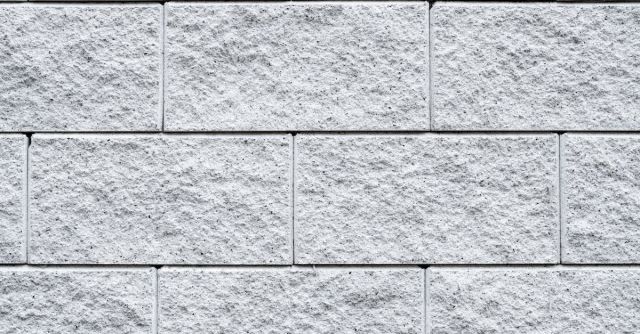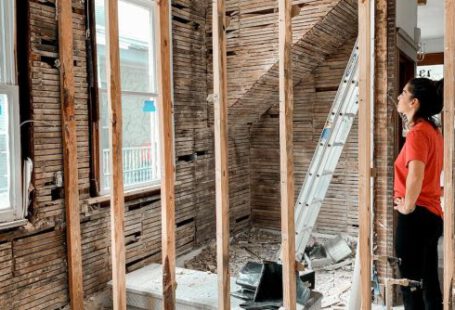How to Choose the Right Screeds for Concrete Work
The success of any concrete job depends largely on the type of screed used. A screed is a flat board used to smooth and level concrete surfaces before the concrete has completely cured. Screeds can be made of wood, steel, aluminum, or plastic. Each type of screed has its own set of advantages and disadvantages, so it is important to choose the right screed for the job.
Types of Screeds
Wood screeds are the most common type of screed used in concrete work. They are inexpensive, lightweight, and easy to use. However, wood screeds can warp over time if exposed to moisture, which can affect the accuracy of the concrete job.
Steel screeds are more durable than wood screeds and are less likely to warp. They are also more expensive than wood screeds. Steel screeds are heavier than wood screeds, making them more difficult to maneuver. They also require more maintenance and need to be oiled regularly to keep them in good working condition.
Aluminum screeds are lightweight and easy to maneuver, making them ideal for concrete work. They are more expensive than wood screeds but are more durable and can last for many years with proper maintenance.
Plastic screeds are lightweight and easy to maneuver, like aluminum screeds. They are also inexpensive and can be used in wet conditions. However, plastic screeds can be more difficult to clean and may not last as long as other types of screeds.
Factors to Consider
When choosing a screed for a concrete job, there are several factors to consider. The first factor is the type and size of the concrete job. Smaller jobs can be completed with a lightweight wood or plastic screed, while larger jobs may require a steel or aluminum screed.
The second factor is the type of concrete being used. Different types of concrete require different types of screeds. For example, dry concrete may require a different type of screed than wet concrete.
The third factor to consider is the job site. If the job site is wet or exposed to moisture, a plastic screed may be the best choice. If the job site is dry, a wood or aluminum screed may be a better choice.
The fourth factor to consider is the skill level of the person using the screed. If the person using the screed is inexperienced, a lightweight screed may be easier to use. If the person using the screed is an experienced professional, a heavier screed may be more suitable for the job.
Conclusion
Choosing the right screed for a concrete job can be a challenging task. However, by considering the type and size of the job, the type of concrete used, the job site, and the skill level of the person using the screed, it is possible to choose the best screed for the job. With the right type of screed, it is possible to complete any concrete job with accuracy and efficiency.






